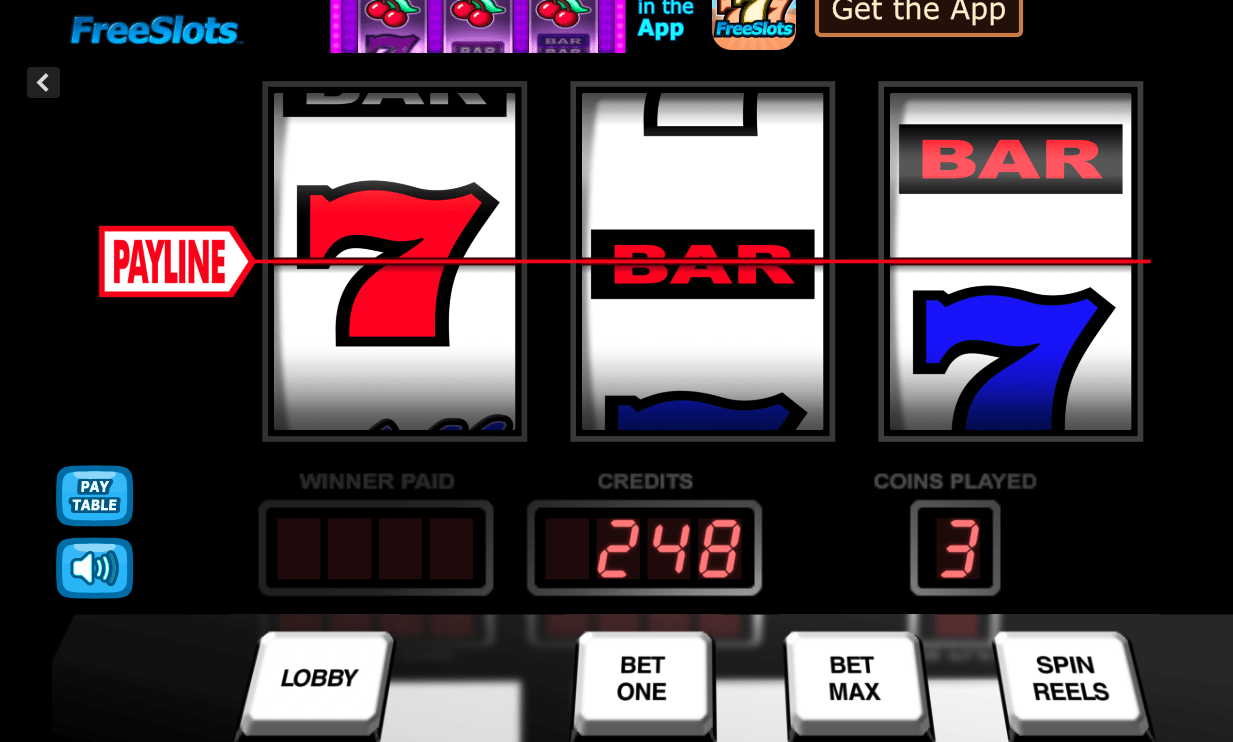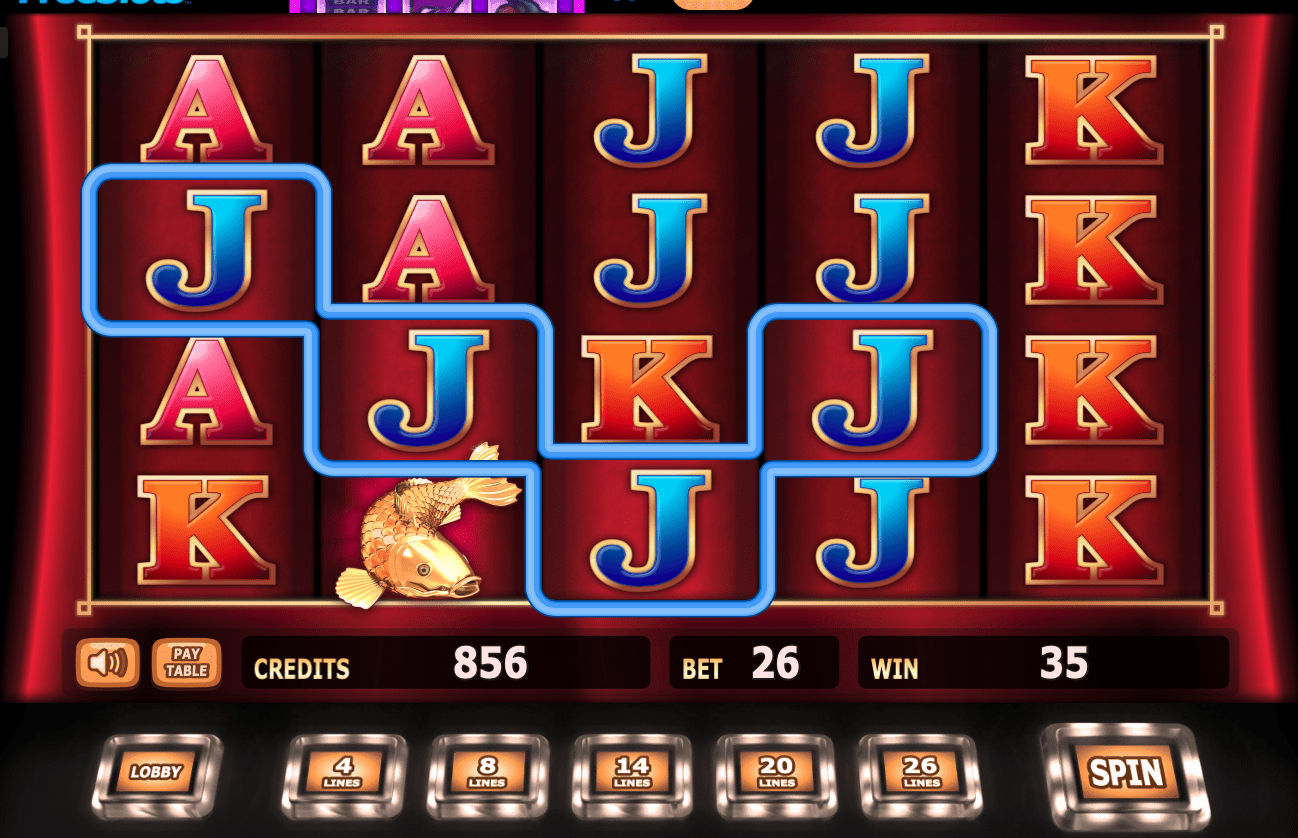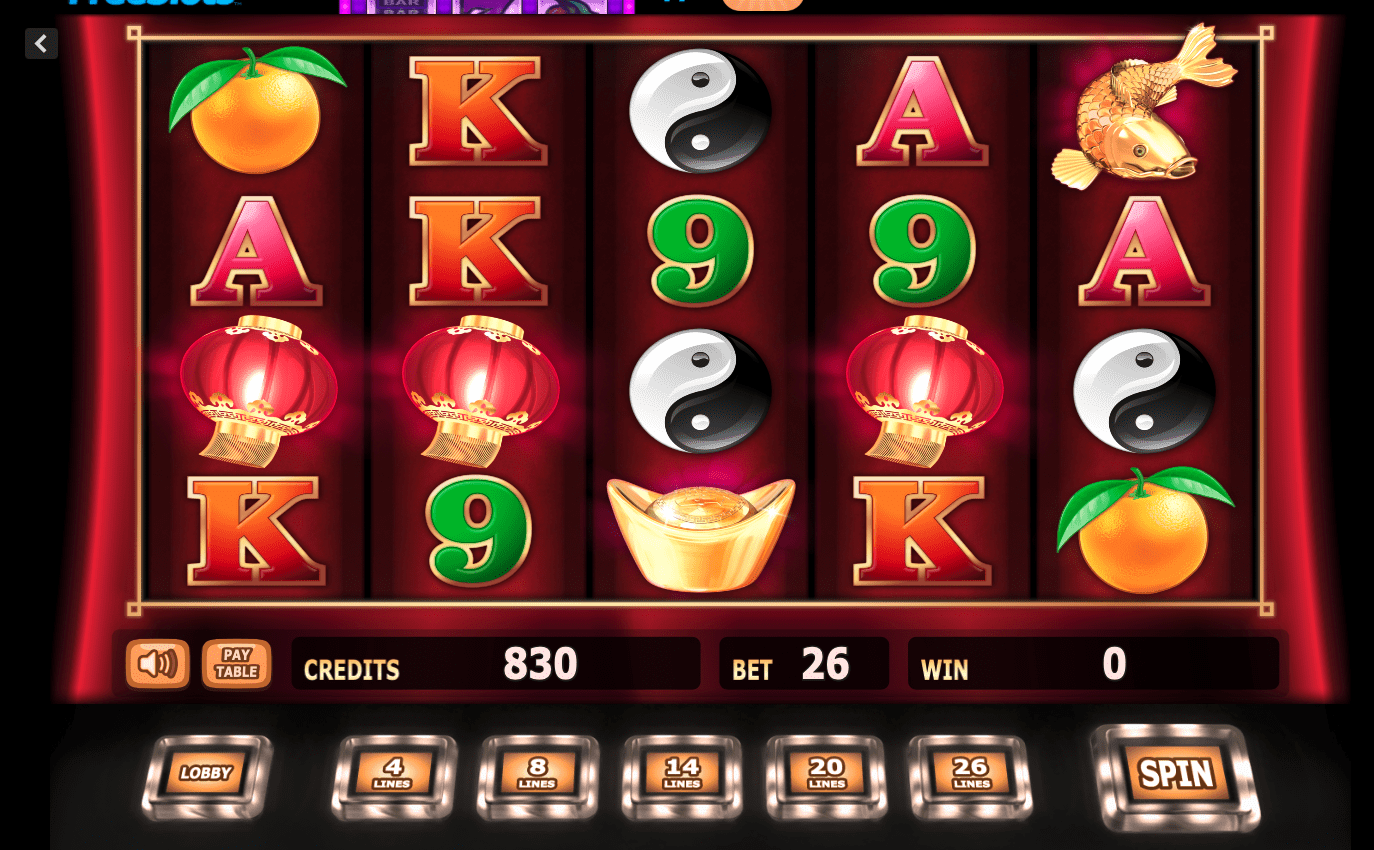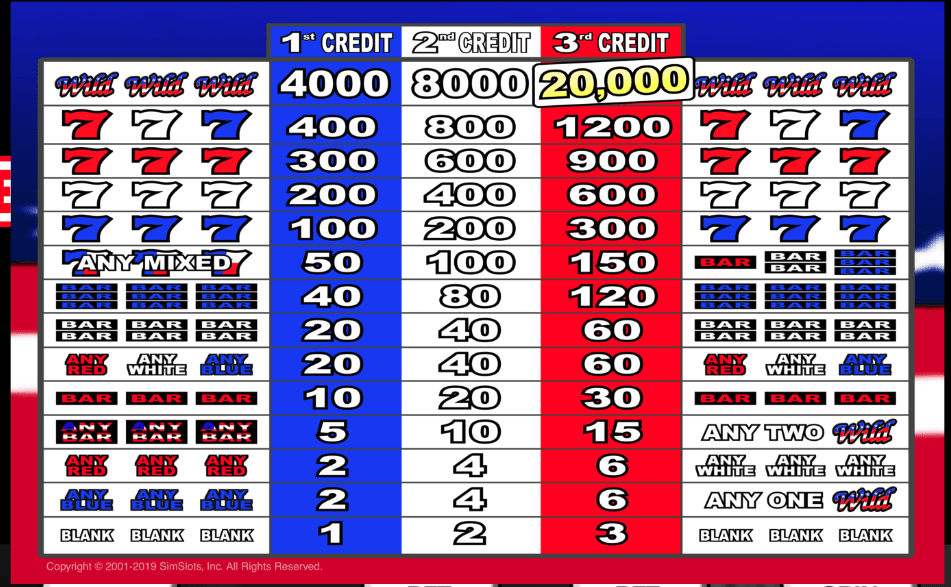The slot machines are only available in casinos as they involve gambling factors and money. Therefore, it targets audiences mainly aged over 21. I played the game online on FreeSlots.com, but it does not set any age restriction and is open to all. Overall, I found that slots put the players at risk for addiction with their simple and short game process where all clues for the real probabilities of winning are hidden and only positive feedback when winning is maximized, which deceives players believe they always have a chance to win in the next round in terms of “randomness“.
Slots involve an extreme imbalance between luck and skills, aiming to put players at risk for addiction. Each round of slots is super fast, just by clicking a button or pulling down the machine handle to spin the reels. Whether the players will win solely based on their luck. By simply clicking the “spin reel” button, sometimes players will win lots of money while with more chances, they always lose. At the same time, this process is too simple and short so the games do not encourage players to think at all, but instead just play it by their intuition and curiosity to “test” their luck. At the same time, such processes do not create any barriers for players to play, therefore maximizing the target audience ranges as much as possible, and will never stop players from playing it due to any difficulties or puzzles. Similarly, when players lose a game, there are no difficulties or reasoning processes stopping them from playing another round, only a single click.


The game UI is really simple with only 4-7 buttons to interact with (and only 1 is important). There are no barriers to playing the game and the only thing I need to do is to click the “SPIN REELS” button.
Slots hide the actual probabilities of winning by hiding the clues and emphasizing the sensation of positive feedback, motivating the players to continue playing. There are play tables that show how much scores or money the players will earn. However, it never shows the probabilities of each specific pattern to earn the scores, which will determine the actual winning probabilities. In this way, the players feel that the process is random, while the true mechanism can be highly biased towards losing. The game makes the players ignore this by enlarging the positive feedback when the players win any scores. The effect of more money or scores earned along with sounds will be shown to the player for any winning game, but nothing is shown when players lose. This might make the players ignore the fact that they already lose points of money to play the game, and such lost points or money is never small. In this way, the players might be misled by the sensation of satisfaction from winning but forget about how much they already lost and gradually become addicted to the game.


The players will never receive emphasis on how many points they lose. Players will be shown winning 0 points, but they are actually losing 26 points to enter each round (Left). For each points players win, they will receive feedback of what is the amount they win and will see the visual effect of winning from 0 to increase to the point they win (600 here) (Right).

The play table also only emphasizes how many points players will win, but it never mentions or gives any clues about the situation where players will lose/win nothing, but those occupy the majority of cases.
Different other games use chances and probabilities to add uncertainties to a balanced game, slots utilize them to deceive players to enhance the imbalances of the game to make the players feel that they can always win in the next round. Players have their own understanding of randomness and the probability of winning but are misguided by the game tables. Even if each game is independent, the players might still believe that by playing enough rounds, they always have a chance to win by the rules of probabilities. This could be correct given the true definition of randomness, but the probability of winning is already altered by the game to make it biased towards losing, so the expected rounds to play until a win are actually much larger than what players believed. At the same time, players might rely on their luck when they win a round. For example, when I won a game with a large score, I did have thoughts such as I am pretty lucky today and thought maybe I could win more in this setting given the sensation of satisfaction from the game. However, when probabilities and randomness come into play, such ideas of luck never hold, so players actually have the misled feeling again that keeps them playing, while the chance of winning is still small.
Overall, slots are games with no technical and logical barriers, and make players addicted to them by disguising the true probability of winning and hiding the high probability of losing with the focus on positive feedback to winning. It is hard to pick what flaws are in the game given the mechanism is simple enough from the game side. Maybe something that the online game can do is give more positive feedback to even strengthen the sensation satisfaction from winning. For example, visual effects such as fireworks can be involved, especially for winning large scores. However, on the players’ side, I do hope the game makes it clearer the true probabilities of winning or losing or makes it clear to help players not addicted to the game and stop early enough.


